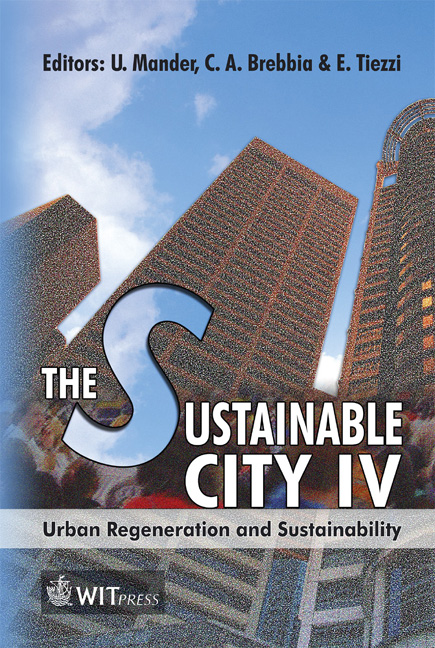Mobile Positioning In Sustainability Studies: The Social Positioning Method In Studying Commuter’s Activity Spaces In Tallinn
Price
Free (open access)
Transaction
Volume
93
Pages
9
Published
2006
Size
443 kb
Paper DOI
10.2495/SC060121
Copyright
WIT Press
Author(s)
R. Ahas, Ü. Mark, O. Järv & M. Nuga
Abstract
We introduce the mobile phone positioning-based social positioning method in studying activity spaces of commuters and residents of the city centre in Tallinn. The social positioning method (SPM) studies space-time behaviour by analysing the location coordinates of mobile phones and the social characteristics of the people carrying them. Our study experiments took place in the Tallinn and Tartu region in Estonia from 2003–2006. The results demonstrate that mobile positioning-based tracing is applicable in geographical studies, as an analysis of temporal movement patterns and activity spaces. This is good reference for analysing travel diaries, especially for analysing daily activity spaces and space consumption which is a key issue in sustainable planning of the sprawling cities. The biggest advantage of mobile positioning-based methods is that mobile phones are wide-spread, positioning works inside buildings, and the collection of movement data is done by a third party at regular intervals. The disadvantage of mobile positioning today is relatively low preciseness and surveillance fears. The boom in the generation of phones with A-GPS will raise positioning accuracy in the near future. Keywords: mobile positioning, commuters’ activity spaces, social positioning method, sustainable city, Tallinn, Estonia. 1 Introduction Urban sprawl, extensive space consumption and rising traffic demands are major problems in both western and eastern cities. This has been one of the major issues in urban planning during the last 30 years. Concepts of sustainable
Keywords
mobile positioning, commuters’ activity spaces, social positioning method, sustainable city, Tallinn, Estonia.





